Surviving in the Desert: Top Tips
The desert is one of the toughest places to survive in known both to man and animals. Due to its parched nature, it’s no wonder that plants rarely grow in the desert – except a few hardcore desert plants.
Finding yourself in a place that is both hot and lacks in water is enough to cause hysteria, and this could be worse if you’re well-accustomed to urban life and its luxuries.
But what do you do when you’re faced with such an environment? Perhaps your little desert expedition turned sour and your food and water rations are almost gone; what would you do?
Whatever the way and manner by which you got yourself into this desperate desert situation, here are a few tips you could implement if you hope to survive.
Eat Less
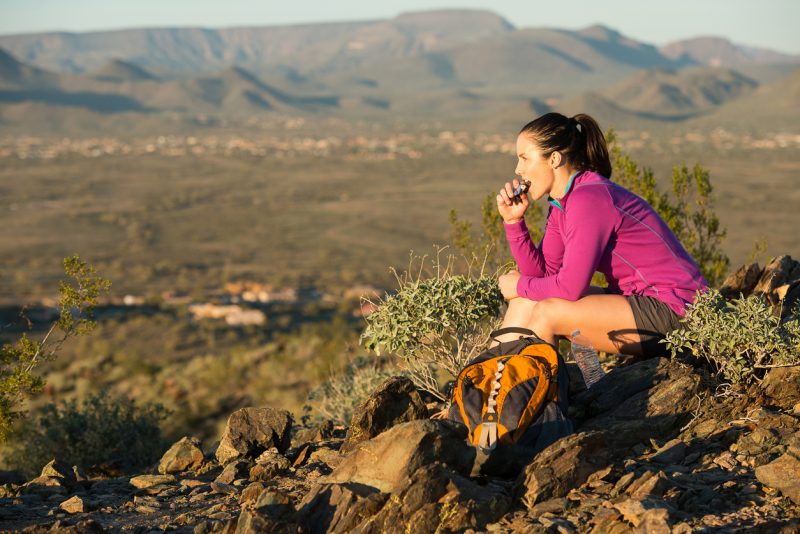
This may sound weird, but it is key to survival. While it is true that eating is necessary for survival, when faced with a battle of survival in a desert environment, eating is a threat to staying alive.
Why? The more food you eat will require more water to digest. Imagine being parched and still gobbling down a can of beans; you’ll definitely need water to step it down, and in the desert where there’s no water this would mean an increase in unbearable thirst.
Summarily, eat only enough to maintain your strength so that you won’t end up draining your water ration well before being saved.
Being in a Desert Doesn’t Mean It Won’t Get Cold
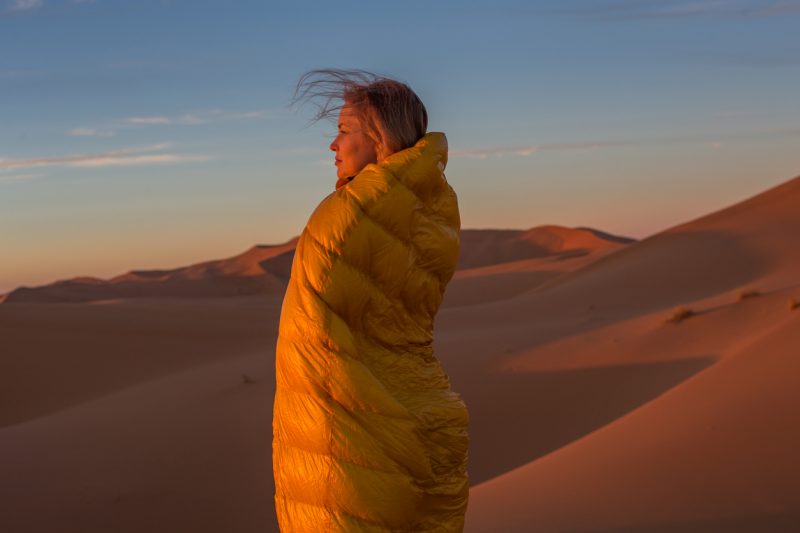
The desert is very well known for its wicked heat, and anyone facing such intense heat would surely welcome any bit of the cool air the desert provides at night? But there’s a trick to it: just as the desert is wickedly hot by day, it is extremely cold at night.
So, in order to survive, you have to brace yourself for a hot day and a cold night. If you can, find shelter at night, put on more clothes, and build a fire to keep you warm so you won’t freeze before daylight.
Keep Your Clothes On
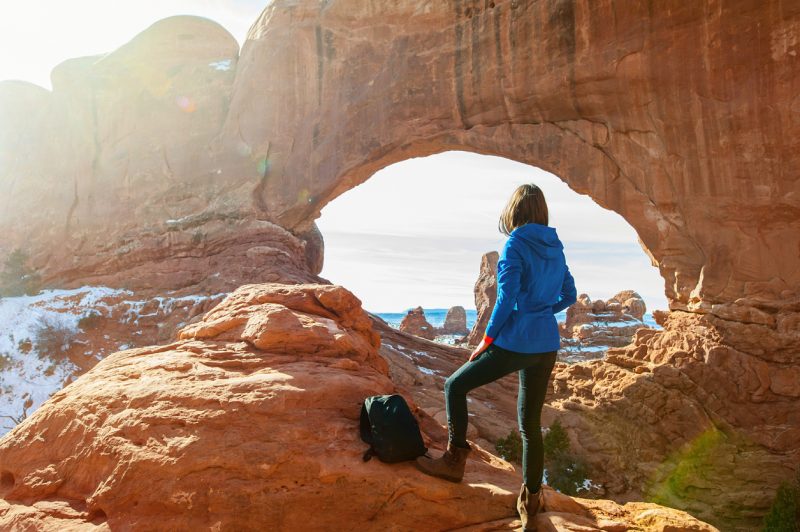
When walking through the hot desert, you would feel like shedding your clothes in the hope of getting more “fresh” air, but this isn’t wise. The reason is simple: the desert will only ooze hot air so the temptation to shed your clothes for fresh air would only expose your skin to the sun, which would quicken dehydration and cause severe sunburn. It may be tempting to start shedding your clothes when the temperature climbs, but it’s better if you don’t.
Move at Night
In order to save your strength and enjoy as much cool air as you can, it would be best if you find shelter to rest in during the day and move when it’s cooler at night. At night, you are less at risk of dehydration, and by moving at night your body can easily withstand the cold.
Wear Light-Colored Clothes
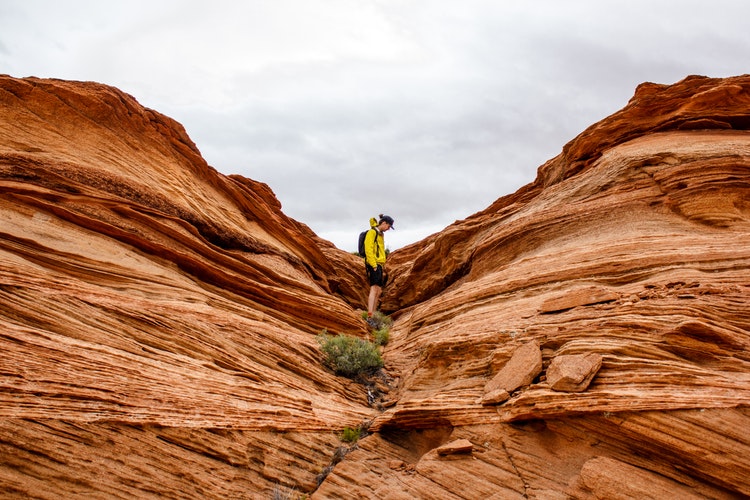
A simple trick for warding off heat is to put on light-colored clothes. These reflect heat away from the body – unlike dark-colored clothes, which absorb heat and cause you to sweat.
Wear Shades
The scorching sun doesn’t just affect your body. It also has a harsh effect on your eyes and can result in temporal blindness as your vision gets blurred. In order to save your eyes, which will help you see where you’re going to, it would be best to shield them with sunglasses. Sunglasses can also help protect you from sandstorms.
Do Less Sitting or Lying Down and More Walking
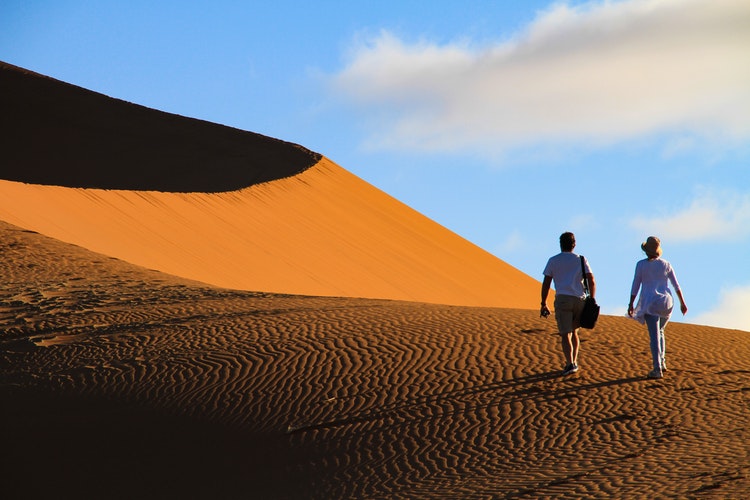
Lying or sitting down would seem like a decent idea to preserve your strength, but this would only fuel your dehydration faster. How? The sand is a recipient of the sun’s scorching heat and will definitely be hot. By lying or sitting on it, you’re exposing yourself to more heat. It would be best to bear the pain of standing and moving, which would reduce the strain of the heat.
Another issue of concern would be the snakes and scorpions that stay hidden under the sand. So, rather than mistakenly lying on a concealed snake or scorpion, it would be best to stand and seek shelter before resting.
Water Is Life
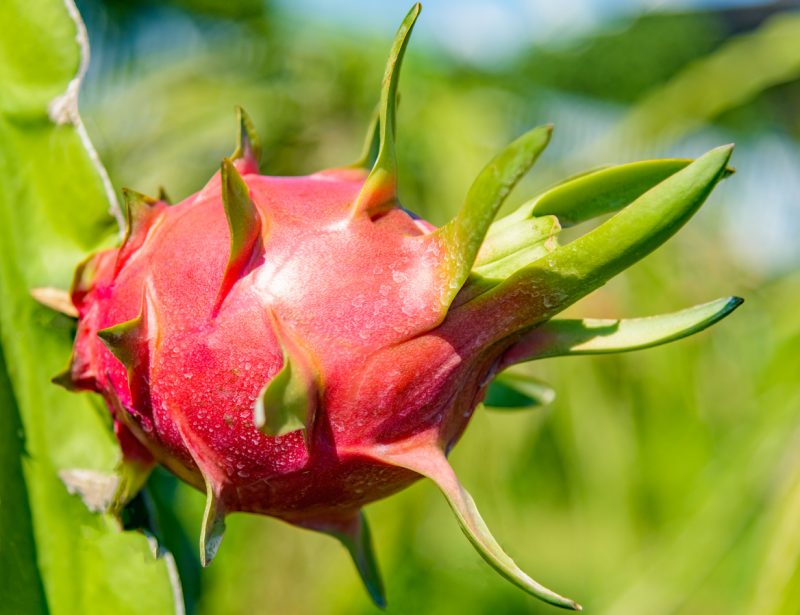
If there’s anything that would ensure your survival in the desert, water is that thing. Being trapped in the desert without a sufficient supply of water is a death sentence, but what if your water ration gets exhausted?
Rather than resigning to death as your fate, you could improvise and keep yourself hydrated until you find a water source.
Gather cactus fruits and munch on them while you try to find a source of water. However, be careful not to eat too many cactus fruits in case you get sick, which would leave you dehydrated and sapped of energy.
Another Article From Us: Precious Archeological Ala-Tey Site Located at The Bottom of The So-Called Sayan Sea
Animals have a keen sense of where water is, and in order to save yourself the guesswork of finding a water source it would be best to pay attention to animal trails on the floor. The direction where multiple trails meet would be the ideal direction to find water. Follow it





